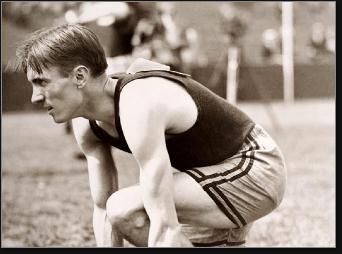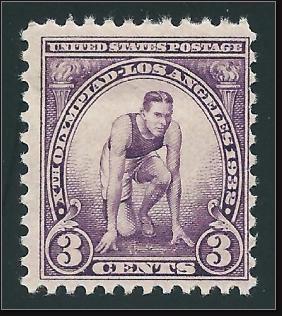
Sport: Track & Field
Born: November 3, 1901
Died: November 11, 1959
Town: Moorestown, New Jersey
Moorestown, NJ. Though hardly an imposing physical specimen, Al was an explosive runner with a seemingly effortless stride, particularly over short distances. As a freshman at Moorestown High School, he won a medal at the 1915 Penn Relays on a team with Walter French, who would go on to become one of Army’s first great football stars. Al entered the 1920 Olympic Trials but failed to make the team as a sprinter.
Al enrolled at Lafayette College to study engineering and became the star of the varsity track team. In 1922, he won the AAU 220-yard championship. In his races, Al occasionally covered 100 yards in 10 seconds or less, which was considered world-class time in the 1920s. After college, Al ran for the Meadowbrook Club in Philadelphia.
In 1924, Al made the Olympic track team. He was peaking at just the right time as the games began in Paris. Coach Lawson Robertson put him on the 4 x 100 team, but kept him out of the individual sprints. Robertson later said he regretted this decision. In the 4 x 100 qualifying heats and semifinals, the US squad shattered the standing world record of 42.2 seconds. In the final, Al ran the anchor leg. England’s team, featuring Harold Abrahams (of Chariots of Fire fame), opened a lead in the first 100 yards, but the American caught up. Al took the baton and held the lead to give the US gold by .2 seconds. Their time was 41 seconds flat. Al’s family later donated his medals and trophies to Lafayette.

That fall, after returning to the US, Al agreed to face Olympic teammate Charlie Paddock in a challenge race. Paddock had won gold in the 100 meters at the 1920 Olympics and was famous for leaping through the tape when he won sprints. Al blew him away in their race, recording a jaw-dropping time of 9.4 seconds.
In 1932, the US Postal Service issued stamps to commemorate the Los Angeles Olympics. The three-cent stamp created for the Summer Games featured an illustration of Al in the starting blocks. Al got into the insurance business and moved north to Plainfield. He died at his desk in 1959 at the age of 58.